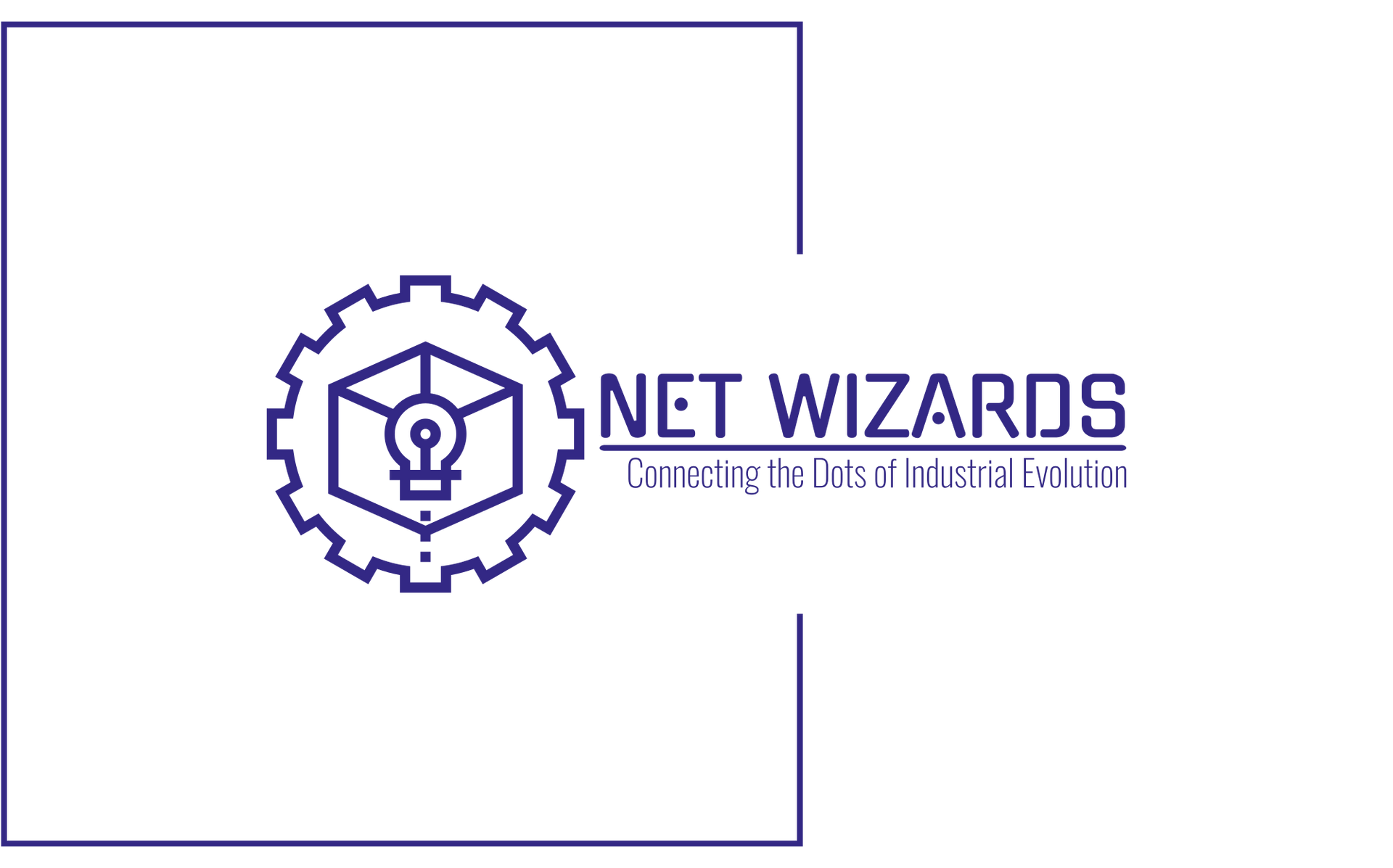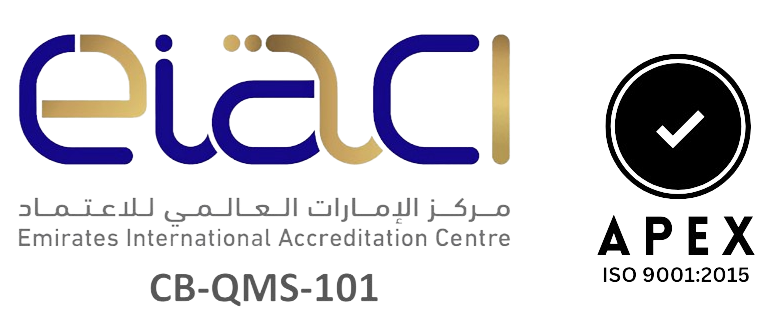"Industry 4.0: Pioneering the digital frontier, transforming industries one byte at a time."
Industry 4.0, often referred to as the Fourth Industrial Revolution, is a term that represents the current trend of automation and data exchange in manufacturing technologies. It encompasses several revolutionary concepts and technologies, including:
- Internet of Things (IoT): Devices, vehicles, buildings, and other items embedded with electronics, software, sensors, and network connectivity that allow these objects to collect and exchange data.
- Cyber-Physical Systems: Systems that involve computer-based algorithms tightly integrated with the physical processes. Sensors and actuators embedded in physical objects are linked through wired and wireless networks to computer systems.
- Cloud Computing: Using a network of remote servers hosted on the internet (the "cloud") to store, manage, and process data, rather than relying on local servers or personal computers.
- Cognitive Computing: Systems that simulate human thought processes in a computerized model, including learning and problem-solving.
- Artificial Intelligence (AI) and Machine Learning: Algorithms and statistical models that systems use to perform tasks without using explicit instructions.
- Advanced Data Analytics: Using sophisticated tools and technologies to analyze complex and large datasets.
- Augmented Reality: Enhanced version of reality created by overlaying digitally-created content on top of a real image or environment.
- Additive Manufacturing: Also known as 3D printing, it's a method of producing three-dimensional objects from a digital file.
- Smart Factory: A highly digitized and connected production facility that relies on smart manufacturing.
- Digital Twins: Digital replicas of physical entities. By bridging the physical and the virtual world, data is transmitted seamlessly, allowing the virtual entity to exist simultaneously with the physical entity.
The main idea behind Industry 4.0 is the smart factory, where cyber-physical systems monitor physical processes, create a virtual copy of the physical world, and make decentralized decisions. Over the IoT, these cyber-physical systems communicate and cooperate with each other and humans in real-time.
Industry 4.0 brings about a shift from centralized to decentralized manufacturing. This shift is supported by intelligent, self-regulating processes that consider multiple factories across different locations.
The benefits of Industry 4.0 include increased efficiency, improved customization of products to customer needs, faster decision-making, reduction in costs, and improved quality. However, it also comes with challenges such as data security issues, loss of jobs due to automation, and the need for a skilled workforce to manage these advanced systems.
Digital Transformation:
Digital Transformation is the process of integrating digital technologies into all areas of a business or industry. It goes beyond simply digitizing existing processes; it redefines how organizations operate, deliver value to customers, and adapt to evolving markets. By connecting people, processes, data, and technology, digital transformation enables industries to become more agile, efficient, and future-ready.
01
Improved Efficiency & Productivity
Automation, data integration, and smart technologies streamline workflows, reduce manual effort, and minimize errors, leading to faster and more cost-effective operations.
02
Data-Driven Decision Making
Real-time analytics and insights from connected systems empower leaders to make informed decisions, optimize processes, and respond quickly to changes.
03
Enhanced Customer & Stakeholder Experience
Digital platforms improve communication, transparency, and service delivery—ensuring higher satisfaction for customers, tenants, or end-users.
04
Sustainability & Future Competitiveness
With rising environmental regulations and market pressures, digital transformation helps industries reduce resource consumption, track emissions, and stay competitive in an increasingly digital economy.


